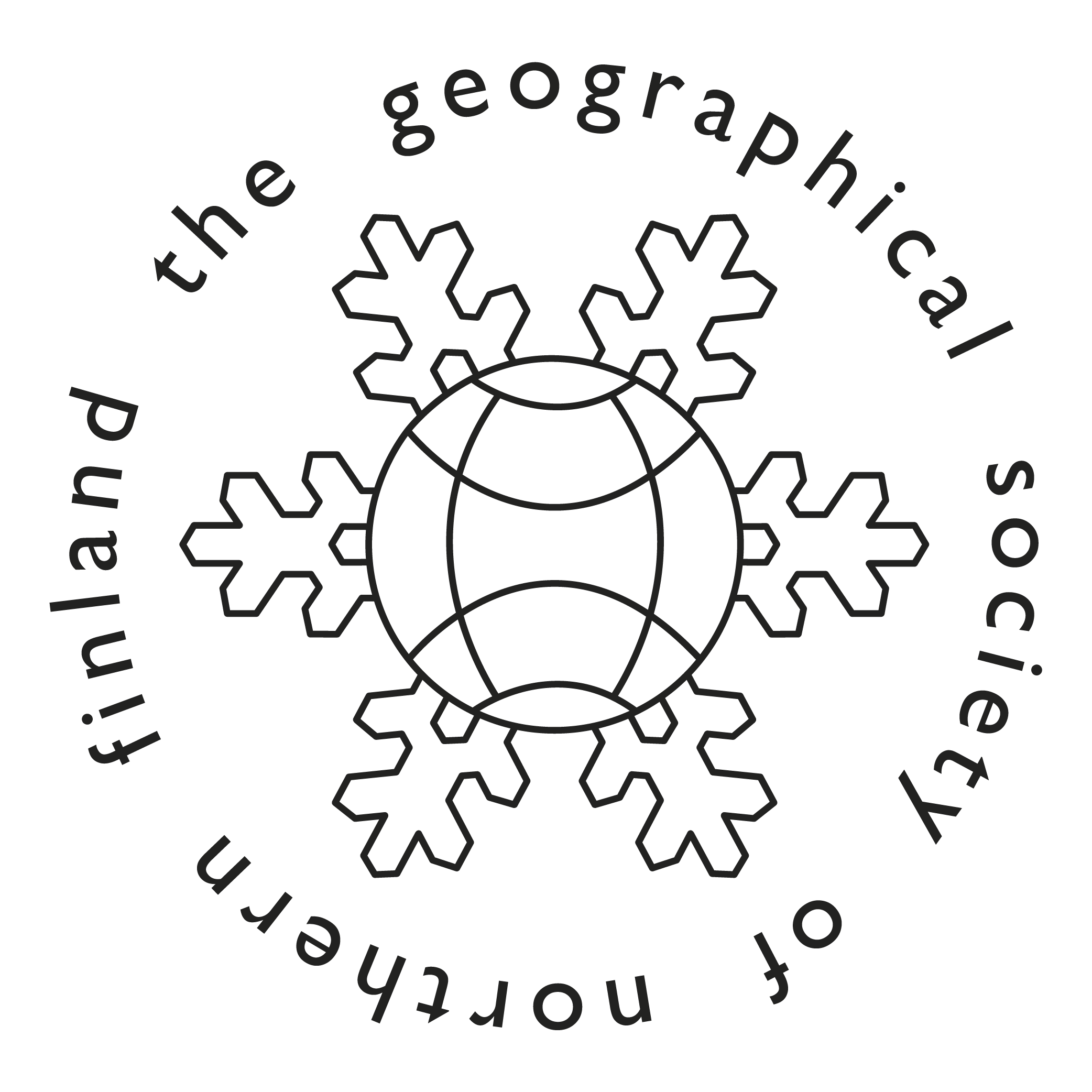Combining Data from Satellite Images and Reindeer Herders in Arctic Petroleum Development: the Case of Yamal, West Siberia
Abstrakti
The aim of the study is to assess the capacity for satellite imagery in detecting different natural and anthropogenic land cover types in the vicinity of a modern petroleum extraction development in the Russian Arctic. The Yamal Peninsula in northwest Siberia contains some of the largest untapped deposits known in the world. It also serves as the homeland of the Yamal Nenets, who have exploited first wild and then domestic reindeer in the region for at least 1000 years. Their annual migration from the treeline to the northern tundra brings them into contact with a number of impacts associated with gas exploration and production. These range widely and include physical obstructions from roads, railways, and pipelines, as well as direct and indirect ecological impacts, such as changes in vegetation, soils and hydrology due to e.g. drilling, infrastructure development, and seismic surveys. Some of the effects are relatively small-scale, only a few meters across, while others cover several hectares. Nenets’ perceptions of the spatial aspects of their territories encompass changes in both quantity and quality of terrestrial habitats, rivers, lakes and campsites that have been used seasonally for centuries. Even high-resolution imagery was unable to detect things like trash (rusted metal, broken glass), drilling muds and petro-chemicals that can strongly affect the overall quality of reindeer pastures. To properly assess the overall ecological impacts of petroleum development requires a combination of state-of-the-art remote sensing coupled with detailed ground-truthing. These efforts must embrace both scientific and local knowledge from indigenous herders and also non-indigenous gas field workers.







